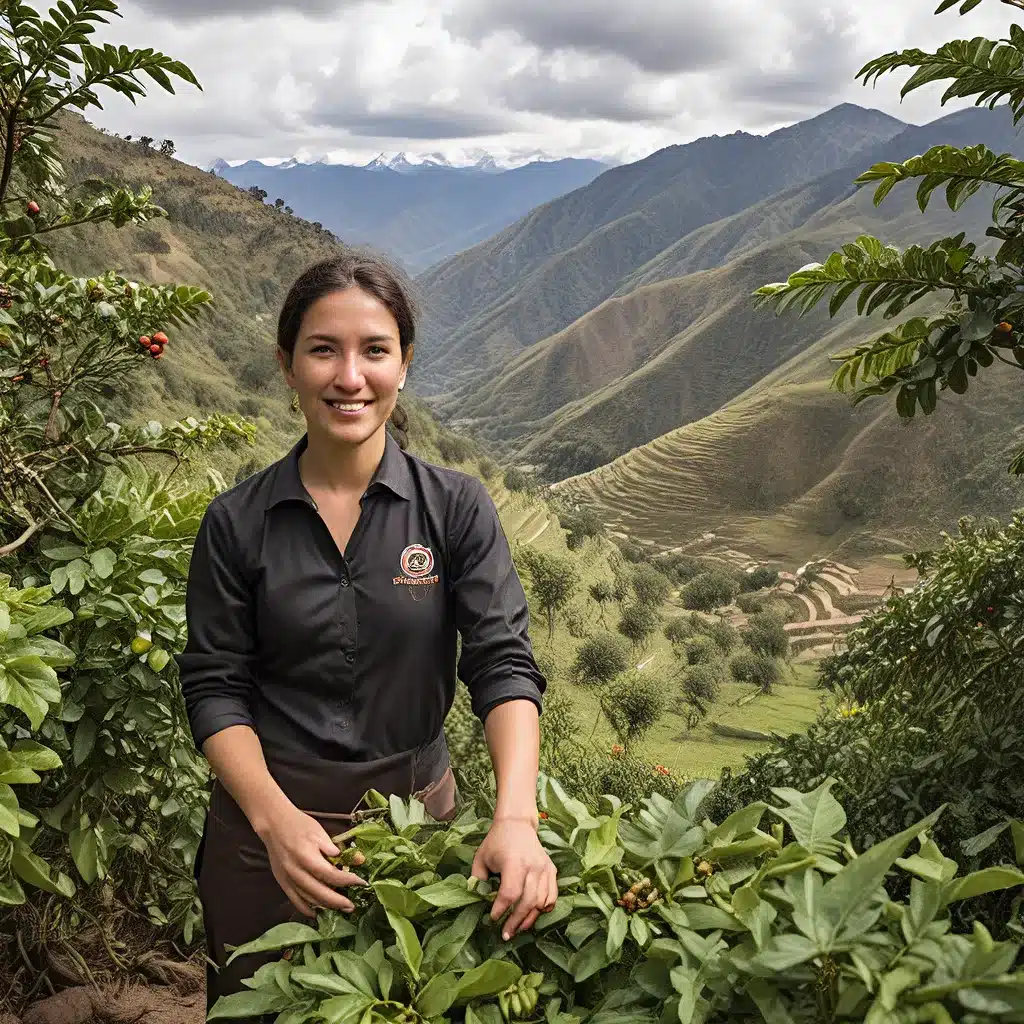
As a self-proclaimed coffee enthusiast, I have to admit that there’s something truly special about Peruvian coffee beans. From the lush Amazonian rainforests to the awe-inspiring Andean highlands, this country’s coffee-growing regions have a way of captivating the senses and transporting you on a flavorful journey.
The Diverse Flavors of Peruvian Coffee
What is it that makes Peruvian coffee so unique? Well, it all starts with the diverse microclimates found throughout the country. From the cloud forests of Amazonas and Cajamarca to the central highlands of Chanchamayo, each region imparts its own distinct characteristics on the coffee beans.
In the Amazonas region, for instance, the consistent rainfall and high altitude contribute to beans with a bright acidity and fruity notes that simply dance on your palate. Meanwhile, the Cajamarca region is renowned for its Typica and Caturra varieties, which thrive in the crisp acidity and complex flavor profile of the local conditions.
And let’s not forget about the Chanchamayo region, where the Typica and Bourbon Arabica varieties flourish in the rich soil, producing a coffee that’s both vibrant and well-balanced.
What I find most intriguing is how elevation plays a crucial role in shaping the characteristics of these beans. At lower elevations of around 1,800 meters, the Arabica varieties exhibit a higher acidity and a more pronounced aroma. But venture up to the higher altitudes, and you’ll discover a whole new world of flavors – from the floral and fruity notes to the subtle chocolatey undertones.
Peruvian Coffee Processing: Art and Tradition
But the story of Peruvian coffee doesn’t end with just the growing regions. No, my friends, the journey from plant to cup is a captivating one, involving a series of traditional techniques that have been honed over centuries.
One of the most fascinating aspects is the manual harvesting process. I vividly remember witnessing the farmers in Peru carefully hand-picking only the ripe cherries, leaving the rest to mature. It’s a labor-intensive approach, but one that truly reflects the dedication and attention to detail that goes into producing these exceptional beans.
And the processing methods? Well, they’re equally intriguing. The three most common techniques are washed, natural, and honey. Each one imparts its own unique character to the final cup.
The washed method, for instance, involves sorting and pulping the cherries, then fermenting them in water to remove any remaining fruit. This results in a clean, balanced cup that allows the inherent flavors of the bean to shine.
The natural process, on the other hand, is a more laid-back approach, allowing the beans to sun-dry while still encased in the fruit. This can lead to a sweeter, more complex profile that’s truly one-of-a-kind.
And then there’s the honey method, which strikes a delightful middle ground between the washed and natural techniques. By leaving some of the mucilage on the beans as they dry, this process imparts a sweet, nuanced character that’s simply captivating.
Sustainable and Ethical Practices
But what really sets Peruvian coffee apart, in my opinion, is the commitment to sustainability and ethical practices that permeate the industry. In a world where coffee production can often be fraught with environmental and social challenges, Peru stands out as a shining example of what can be achieved.
Organic and shade-grown coffee cultivation is the norm rather than the exception here, benefiting not only the delicate ecosystems in which the beans are grown but also enhancing the overall quality of the coffee itself. And the rise of Fair Trade certifications and cooperatives has empowered local farmers, ensuring they receive fair prices for their hard work and allowing them to continue their time-honored craft.
I’ve been truly inspired by the stories of these Fair Trade cooperatives, where farmers come together to not only secure better prices but also invest in community development projects. It’s a testament to the power of collective action and the transformative impact it can have on people’s lives.
Exploring the Peruvian Coffee Experience
As I sip my way through the diverse offerings of Peruvian coffee, I can’t help but feel a sense of wonder and appreciation. Each cup is a unique adventure, with flavors that range from bright and citrusy to rich and chocolatey, all while maintaining a delightful balance of acidity and body.
Whether I’m enjoying a bold and smooth espresso or a more delicate pour-over, the experience is always one to be savored. The naturally present fruity and floral notes coupled with the medium body and vibrant acidity create a captivating drinking experience that keeps me coming back for more.
And let’s not forget the ethical and sustainable practices that underpin the Peruvian coffee industry. By choosing to support these Fair Trade cooperatives and organic growers, I know that I’m not only indulging in a delicious cup of coffee but also making a positive impact on the lives of the hardworking farmers and the environment they so carefully steward.
As I continue my journey of discovering the captivating flavors of Peruvian coffee, I can’t help but feel a sense of excitement and curiosity. There’s always something new to uncover, whether it’s a unique microregion, a rare varietal, or a innovative processing technique. And with the ongoing research and evolution in the industry, I know that there’s so much more to explore.
So, my fellow coffee enthusiasts, I invite you to join me on this flavorful expedition through the Andes. Prepare to be delighted, surprised, and inspired by the captivating world of Peruvian coffee. Who knows what unexpected delights await us?















